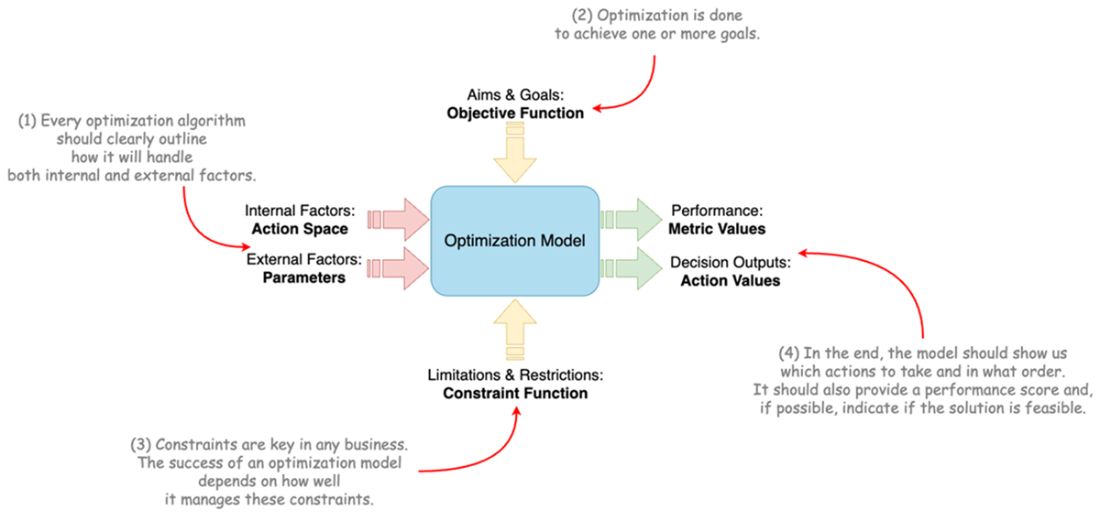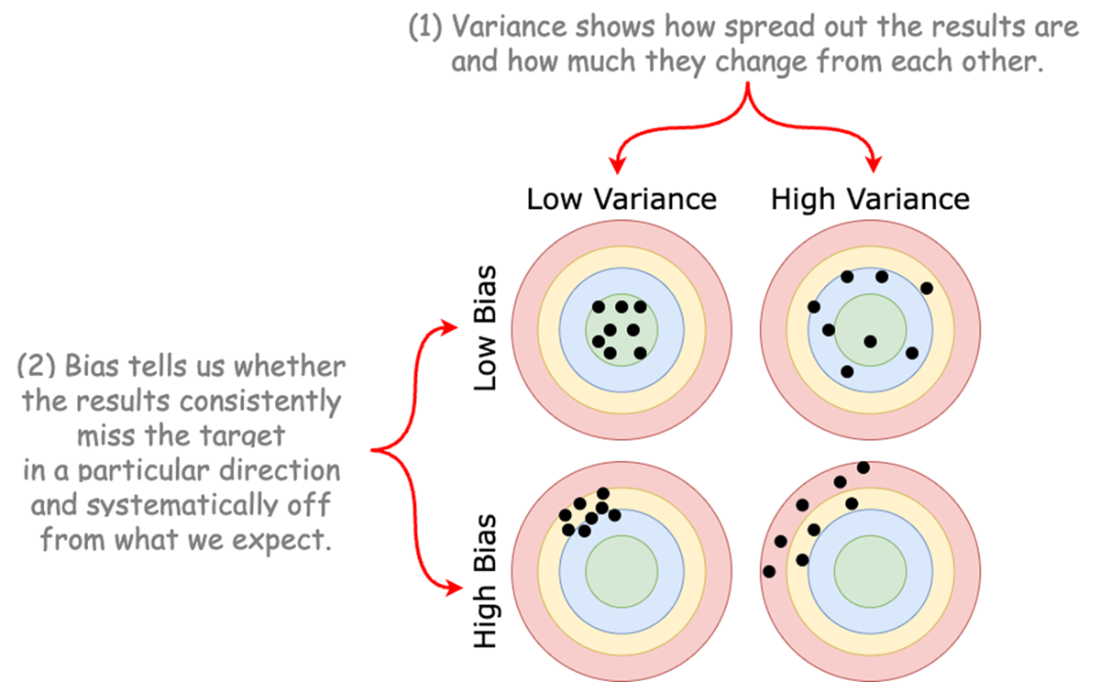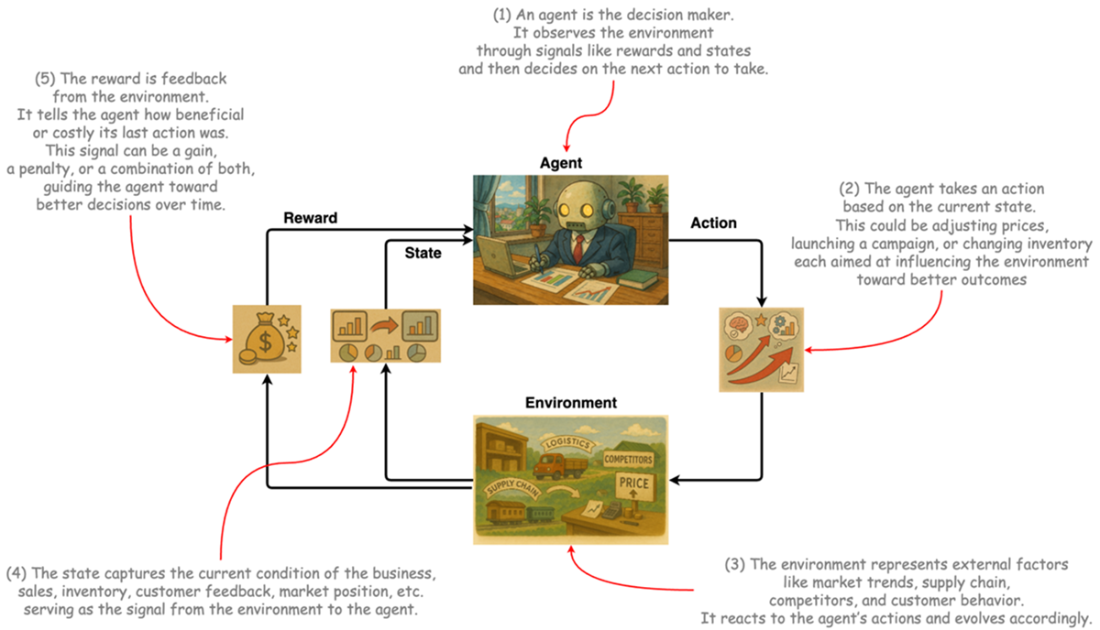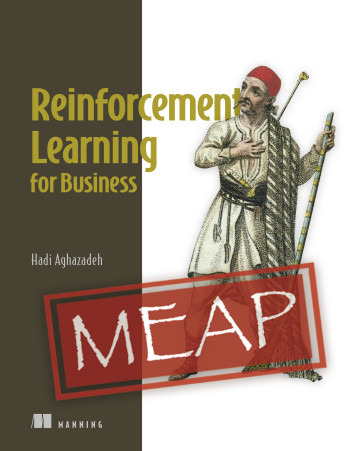1 Reinforcement learning and business optimization: core concepts
Businesses operate with limited resources amid shifting external forces and internal constraints, so their core capability is making good sequential decisions under uncertainty. The chapter frames business questions across external and internal factors and across time—what happened (descriptive), what will happen (predictive), why it happened (explanatory), and what should we do (optimization). Against this backdrop, reinforcement learning (RL) is introduced as a way to learn how to act—through trial, feedback, and adaptation—to maximize long-term value, distinguishing it from unsupervised pattern-finding and supervised prediction. RL’s agent-environment loop and focus on credit assignment equip it to handle dynamic, multi-step decisions common in real markets.
Business optimization is scoped to decisions that are typically operational, recurring, multi-entity, and quantifiable. A practical modeling framework centers on inputs (external parameters and decision variables), objectives (often multiple and conflicting), and constraints, producing metrics and recommended actions. Real-world examples include inventory replenishment, vehicle routing, production scheduling, workforce rostering, bike-station rebalancing, and dynamic pricing. The chapter stresses the bias–variance trade-off in model quality and proposes pragmatic evaluation criteria—robustness, resilience, real-time responsiveness, adaptability, flexibility, generalizability, customizability, effort to build and operationalize, lifecycle cost, and interpretability—to judge whether models will perform reliably in messy, evolving business settings.
Classical approaches—operations research (LP/MIP/NLP with industrial solvers), stochastic simulation (queueing, Monte Carlo, discrete-event), system dynamics (stocks, flows, feedback), and game theory (strategic multi-agent reasoning)—form a strong foundation but can be brittle when assumptions shift and re-solving is slow. RL complements rather than replaces them: it learns policies through interaction, adapts to change, and enables fast inference after training, while inheriting challenges around data and simulation needs, training stability, and explainability. The chapter closes by advocating a tool-for-the-problem mindset—use RL where sequential decision-making and adaptability matter most—and sets the stage for practical methods, simulators, and algorithms to bring RL into real-world business optimization.
Reinforcement learning in the context of machine learning.

two types of questions and analytical approaches for analyzing external factors.

two types of questions and analytical approaches for analyzing internal factors.

Framework for business optimization models.

Variance and bias trade off in business optimization models.

Linear programming formulation of bakery shop problem.

Overview of reinforcement learning framework.

Summary
- Businesses must make smart decisions under uncertainty with limited resources.
- Understanding external (uncontrollable) and internal (controllable) factors is key to effective analysis.
- Business analysis types include descriptive, predictive, explanatory, and optimization.
- Optimization focuses on shaping internal factors to improve future outcomes.
- Decisions in business problems vary by level (strategic/tactical/operational), frequency, scale, and measurability.
- Optimization models include inputs (parameters and decisions), objectives, constraints, objective outputs, and decision values.
- Major challenge in optimization is bias-variance trade-offs in the operational process
- Classical models like operations research, simulation, and system dynamics are powerful but often rigid and static.
- Reinforcement learning extends classical models by enabling adaptive, sequential decision-making.
- Reinforcement learning learns through trial-and-error, using feedback to improve policies over time.
- A comparison shows reinforcement learning excels in adaptability, real-time learning, and dynamic environments.
- Reinforcement learning downsides include training cost, data needs, and explainability—but it's improving rapidly.
- Reinforcement learning is not a replacement but a powerful extension and complement of classical optimization models.
FAQ
What is reinforcement learning for business optimization?
It’s a way to teach an agent to make a sequence of decisions under uncertainty by interacting with its environment, receiving feedback (rewards/penalties), and improving a policy that maximizes long‑term value. Unlike fixed rules, it learns from experience and adapts as conditions change—useful in pricing, logistics, inventory, and customer engagement.How does reinforcement learning differ from supervised and unsupervised learning?
- Unsupervised learning: finds patterns without labels (e.g., customer clustering).- Supervised learning: predicts labeled outcomes (e.g., churn, fraud).
- Reinforcement learning: learns how to act. The agent chooses actions, gets rewards, and solves credit assignment to optimize cumulative, long‑term outcomes, not just one‑step predictions.
How do external vs. internal factors shape the types of business analysis?
- External factors:- Past: “What happened?” → Descriptive analysis (e.g., inflation trends).
- Future: “What will happen?” → Predictive/forecasting (e.g., raw material prices).
- Internal factors:
- Past: “Why did it happen?” → Explanatory analysis (e.g., reasons for sales drop).
- Future: “What should we do?” → Optimization (e.g., best truck dispatch schedule).
Note: Internal factors may be partially controllable; you can still ask external‑type questions about them.
When is business optimization most useful?
Typically when decisions are:- Decision level: operational (vs. highly strategic).
- Decision cycle: periodic/recurring (daily, weekly, etc.).
- Decision dimensions: involve many entities (products, stores, vehicles).
- Quantifiability: measurable objectives/constraints. Strategic, one‑off, qualitative choices often need other frameworks.
What are the core components of a business optimization model?
- Inputs: external parameters (e.g., demand, lead times) and decision variables/actions (e.g., order quantities, prices).- Objective(s): what to maximize/minimize (e.g., cost, revenue, service level), often multi‑objective in practice.
- Constraints: real‑world limits (capacity, regulations, SLAs).
- Outputs: objective value/KPIs and recommended actions (e.g., routes, schedules). Sensitivity analysis tests robustness to parameter changes.
What are common real-world business optimization problems?
- Inventory replenishment: order quantities to minimize cost while meeting service levels.- Vehicle routing: assign and sequence deliveries to minimize distance/time/fuel.
- Production scheduling: sequence jobs/quantities to meet demand and capacity constraints.
- Workforce shift scheduling: assign staff to cover demand at minimal cost with fairness and legal constraints.
- Bike-sharing rebalancing: route trucks to reduce station imbalance at low cost.
- Dynamic pricing for perishables: adjust prices over time to maximize revenue.
What makes building optimization models challenging?
- Bias–variance trade‑off: aim for accurate and consistent performance across scenarios.- Practical criteria to balance:
- Robustness, resilience, real‑time responsiveness.
- Adaptability and flexibility to new constraints/goals.
- Generalizability and customizability for different teams/use cases.
- Effort to build and operationalize; lifecycle cost (monitoring, updates).
- Interpretability for trust, compliance, and adoption.
Which classical approaches are used, and when?
- Operations Research (LP/MIP/NLP): formal optimization with solvers (Gurobi, CPLEX, CBC) when the system is well‑specified.- Stochastic simulation (queueing, Monte Carlo, discrete‑event): explore performance under uncertainty and “what‑if” scenarios.
- System dynamics: model long‑term, feedback‑rich, stock‑and‑flow behaviors (strategic/policy questions).
- Game theory: multi‑agent competition/cooperation; equilibrium analysis when outcomes depend on others’ strategies.
Where does reinforcement learning shine vs. classical models—and what are its limits?
Strengths:- Learns from interaction; doesn’t need a full system model upfront.
- Adapts to change; plans for long‑term value; fast inference once trained.
Limits:
- Needs many interactions/simulations; training can be unstable/expensive.
- Interpretability can be limited; not every sequential problem warrants RL.
Bottom line: RL extends—not replaces—classical methods.
What do you need to apply reinforcement learning in practice?
- A sequential decision problem with observable feedback (rewards/KPIs).- Safe experimentation or a realistic simulator to generate experiences.
- Data pipelines, deployment/monitoring, and drift management.
- Clear objectives/constraints and governance for risk and explainability.
- Willingness to iterate on reward design, exploration, and hyperparameters.
 Reinforcement Learning for Business ebook for free
Reinforcement Learning for Business ebook for free